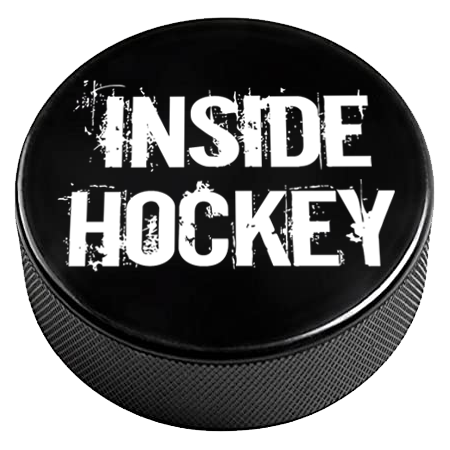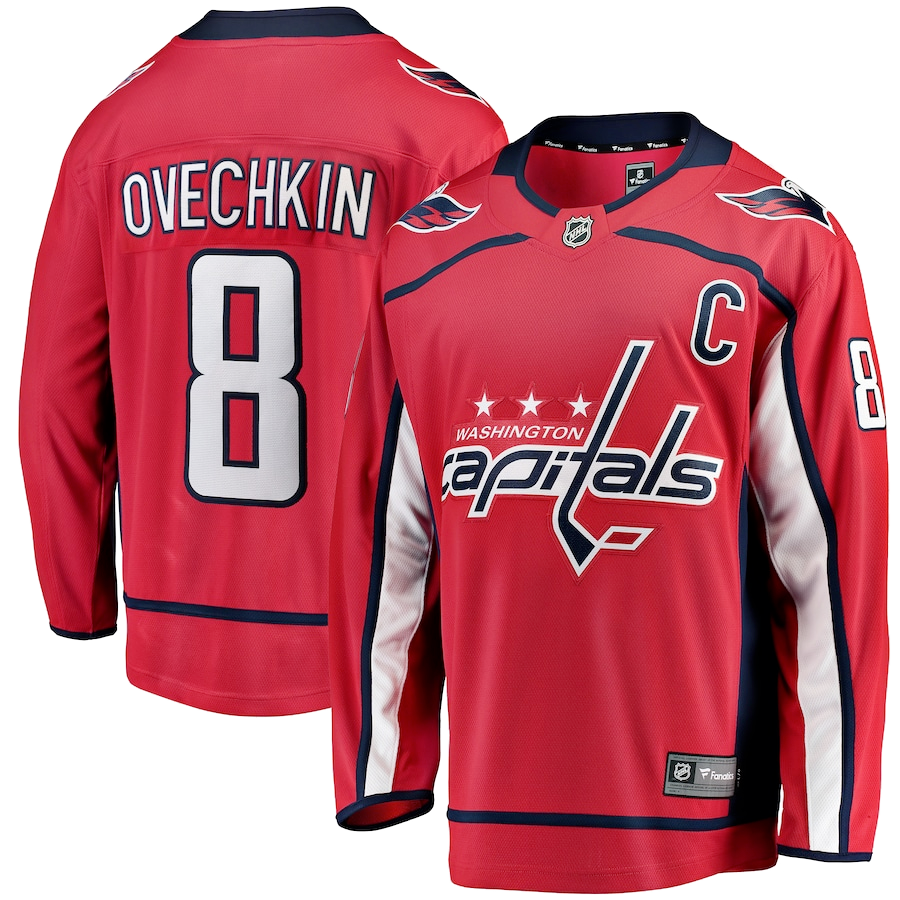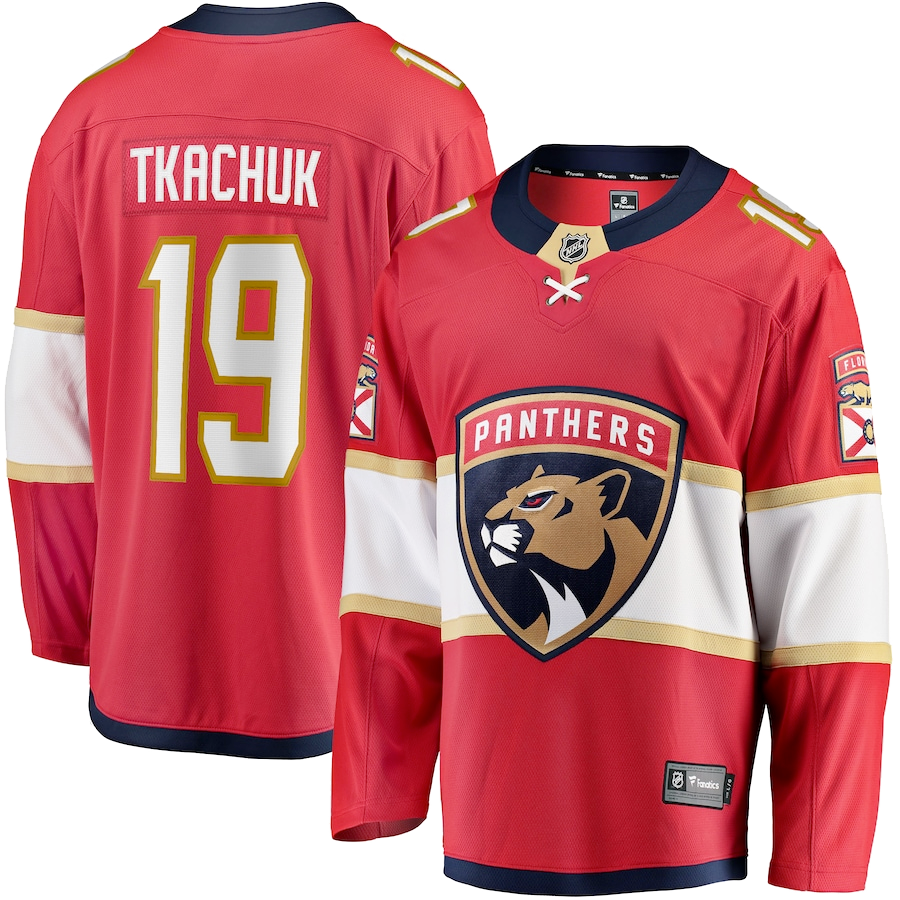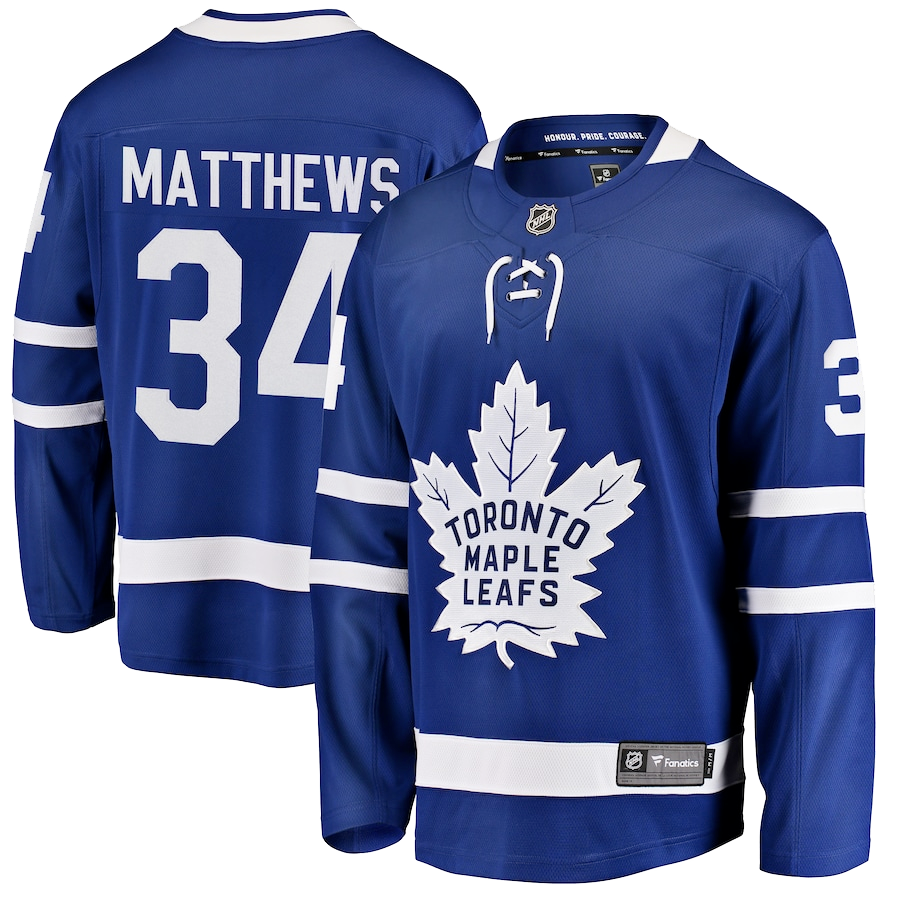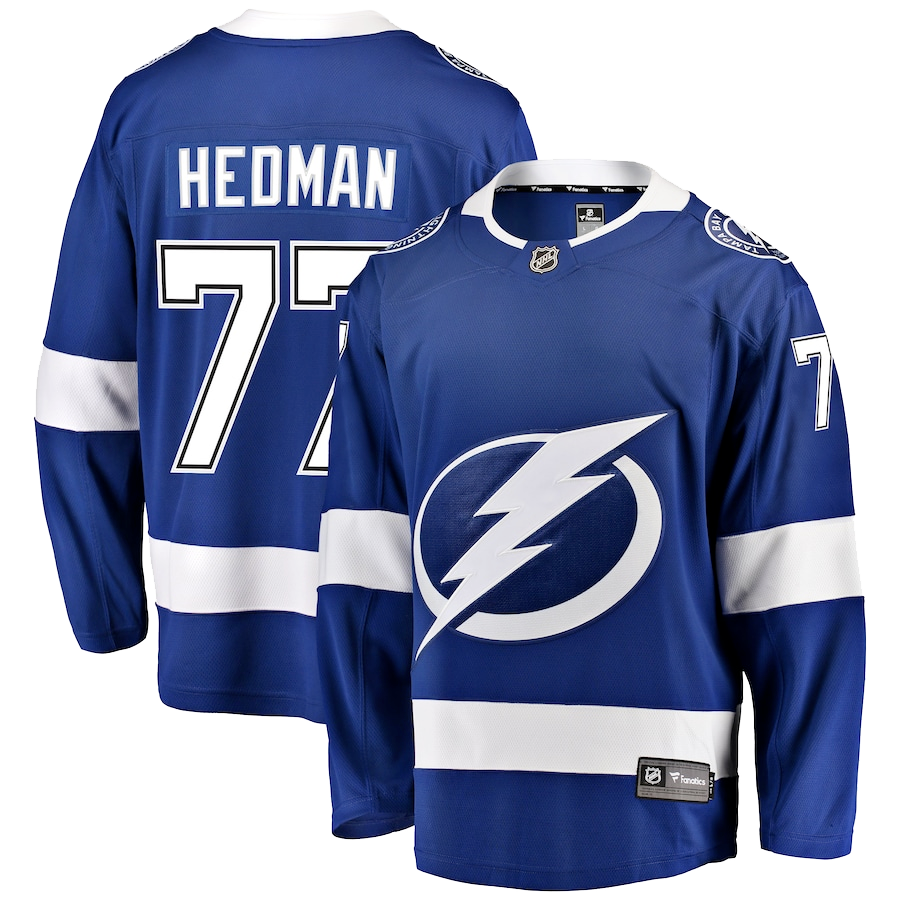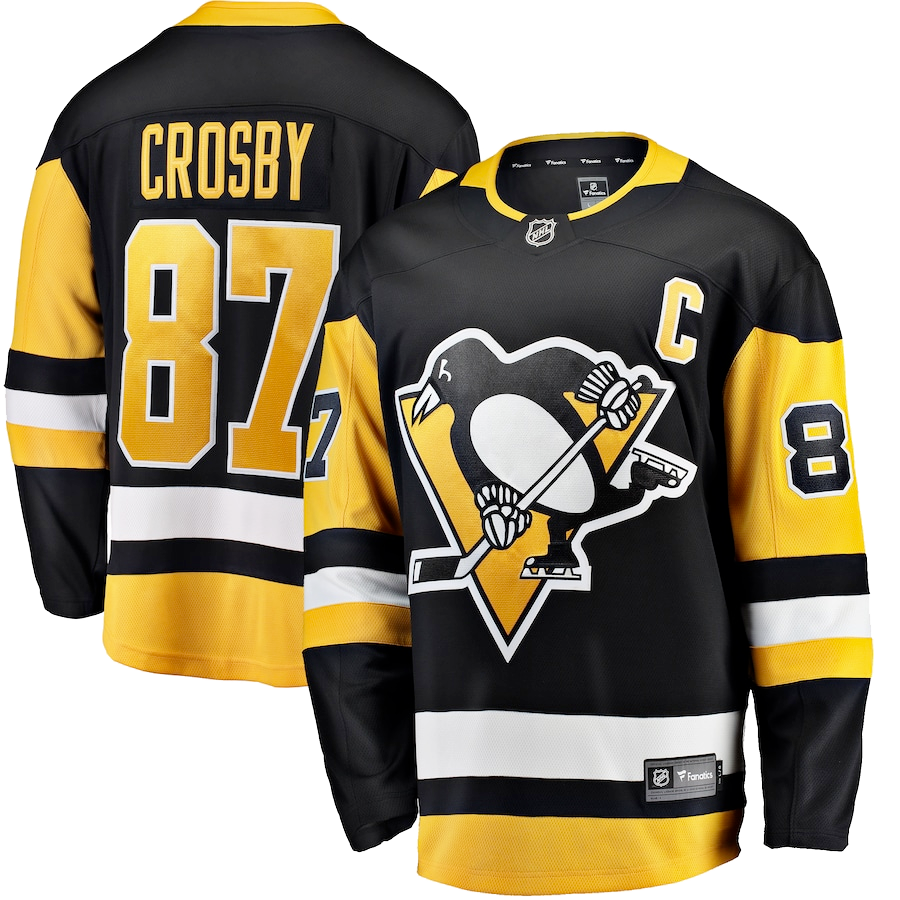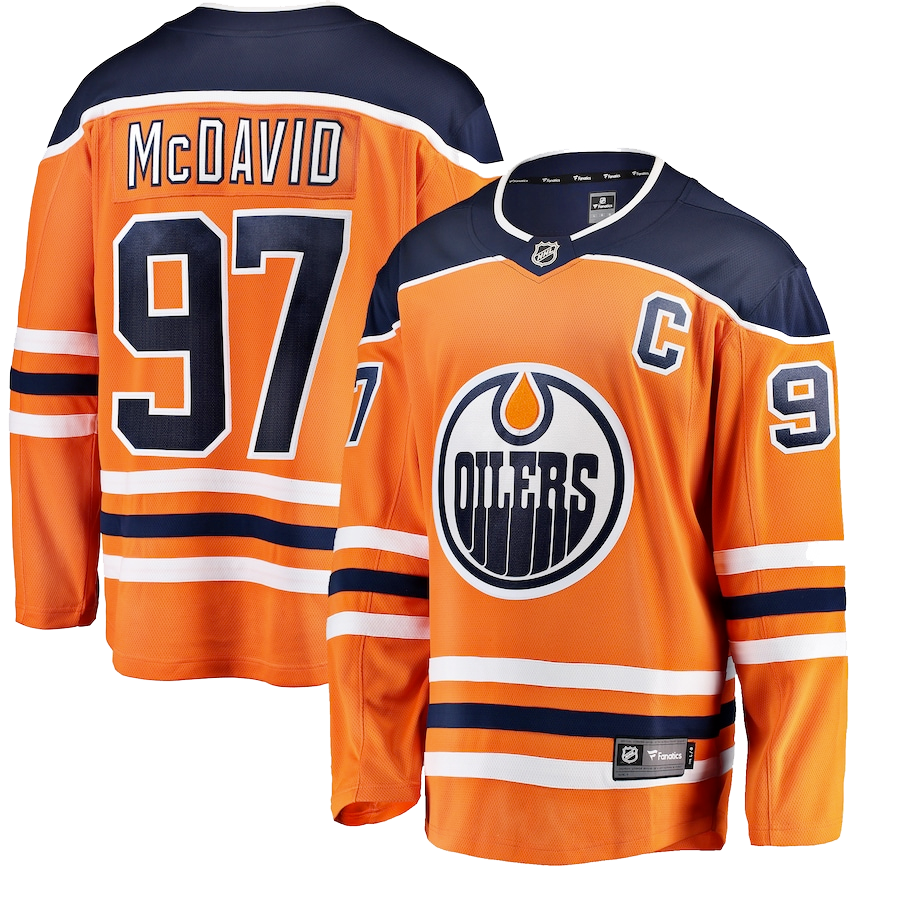Tim Ryan graduated from Notre Dame University in 1960 with a journalism degree, in hope of becoming a newspaper reporter. He began working at the Toronto Star but was intrigued when he heard that a new commercial television network called CTV was coming to Canada. Ryan had already hosted local radio and television shows in Toronto and had called basketball play-by-play for the Notre Dame campus radio station while in college. He applied to CTV’s Flagship station, CFTO-TV in Toronto and got the job, gaining valuable on-air and behind the scenes experience working under well-known Canadian sportscaster Johnny Esaw who was the Sports Director.
When the NHL expanded from six to twelve teams in 1967, Esaw assigned Tim and a film crew to cover the awarding of the new franchises. Ryan also brought along six copies of his resume and audition tape and wound up getting offers from four of the new franchises and eventually took a position with the California Seals as VP of Public Relations and radio play-by-play man for both home and away games. But the Seals never drew large enough crowds to stay afloat and after two seasons were sold to Charley Finley – he of the white skates, and Tim was out of a job. Which eventually led him to New York.
How did you get Ranger job?
Tim Ryan: I had come to New York after the adventure with the Seals. I had a job waiting for me there after auditioning and looking for work, I had been hired by WPIX to be a news anchor with another man named Lee Nelson and I would also do the nightly sports.
So that was going along well, I had already been out of work for a few months in California with four kids so I was happy to do anything. I was particularly happy to hit New York at the time of John Lindsay and Mario Procaccino and Jimmy Breslin was on the show with us frequently, so it was an exciting time. And of course the sports teams were great. The Knicks and the Mets were doing very well and the Rangers had made the playoffs. It was a fun time to be in New York. I wasn’t thinking about getting a full time sports job, I was just happy to have a job and I loved what I was doing because I’m still a news junkie to this day and so I was happy to be doing that.
I met a guy by the name of Jack Price, who at that time had become the VP of Broadcasting at Madison Square Garden. I probably met him in a saloon, most likely P.J. Clarke’s. We hit it off and he had given me some counsel about the broadcast business in New York. So, I got a call from him one day and he told me that Emile Francis was looking for a broadcaster for Rangers games. He said that Emile had heard of me because he knew I had done the hockey in Oakland with the Seals. So it was Jack who put me with Emile and it was Emile who actually hired me to do the Ranger games. I had to go back to my boss at WPIX and tell him that I had a chance to do the Ranger road games, but I didn’t want to give up this job here. Would it be alright if I was gone a few nights to do some of the road games on another channel, because the Rangers games were on WOR. He said it would be okay.
So, that’s how it all came together. It was dumb luck really, that those pieces fell together for me and it put me back into the hockey world where I had started my broadcast career in Toronto doing Marlies games on CFTO and then going to Oakland in the first expansion which gave me that hockey job. It really wasn’t the most important thing in my life to continue in hockey, but when this thing came along, I just felt pretty damn lucky and it turned out very well.
I had met Emile when the Rangers came out to Oakland to play the Seals when I was doing their games and maybe before that when I was with CFTO. It was a good fit and I was flattered that he wanted me to do the Ranger games. But I told him I was not gonna be a “homer.” I told him ‘I hope you don’t expect me to be saying the team is playing well when it’s not.’ It always bothered me when I would hear other guys doing that and a lot of club ownerships expected that, but that just wasn’t gonna work for me. And Emile understood that as did Bill Torrey later on..
I also became good friends with John Halligan and his wife Janet of the PR Department. I spent a lot of time with him while doing the games.
Tim worked with Bill Mazur and Norm McLean as his color analysts on the Ranger broadcasts. .
Tim Ryan: Bill Mazur worked with me as the color guy on the telecast the first season. He would interview a player or someone between periods and at the end of the game we would pick someone to be the Star of the Game and he would go down to rink side and interview him.
So we had a game in Chicago at the old Chicago Stadium and we had selected Stan Mikita as the Star of the Game. We went to a commercial and Bill goes down to rink side and he’s standing out on the ice, this is all live mind you, and we’ve called the Chicago PR guy and told him that we’ve picked Stan to be the Star of the Game and would you please send him out. But for whatever reason Billy Reay the Chicago coach, had a grudge against either Bill or the Rangers or just for the fact that they may have lost the game. But he wouldn’t let Mikita come out for the interview. And so I’m in the booth and Bill’s standing on the ice with no sign of Mikita. Then I see the PR guy come out and say something to Bill. So he looks up at me, off the air, and says they’re not sending Mikita out, I’ll do the interview myself. He stands there and says, ‘Stan Mikita is our player of the game, but Billy Reay’s not allowing him to come out and talk to us. But I’m gonna do the interview anyway.’ So he turns to where Stan would be standing and asked a question. Then he turned and faced the other way and answered the question as Stan. And he kept this up for about five minutes, and I’m laughing so hard up in the booth, it was the most creative thing I’d ever seen. It was just a tour-de-force and when he finished he said, ‘Thanks Stan and now back up to Tim Ryan,’ and all I had to do was throw it to a commercial but I was laughing so hard I couldn’t contain myself.
A few years later when I was with NBC, I’d often see Stan if we were doing a Chicago game and we’d talk about it and he was embarrassed about it.
Norm McLean was a character. Bill was a good, professional, opinionated sportscaster. But Norm was a writer and well known in the hockey community, but he didn’t have any broadcasting background. I knew him from seeing him in the press rooms. He was considered a character, an outlier. Very talkative, he knew his hockey and was quite opinionated about it. People didn’t always agree with him, He was kind of a lighting rod. We got along fine, we had very little in common, but he was just a very different kind of a character. It was a totally different experience than the previous season with Bill. We got along fine but I was sometimes quizzical about some of his observations, but I wasn’t alone in that. He was quite well known for being a bit offbeat.
Those were damn good Rangers teams with the G-A-G line and the goaltending of Giacomin and Villemure.
I got to know a lot of the players by being around them as a broadcaster and my other role with WPIX
Jean Ratelle was a total gentleman, I loved the guy. And Rod Gilbert and I became good friends and remained so long after our hockey years. I saw him when he was opening his restaurant and asked him ‘why are you doing this, you’re gonna regret going into the restaurant business.’ We’d see each other a lot.
Vic Hadfield was also a great guy and we were very friendly. But one night, Vic was having a particularly bad game which was very uncommon and I had said so on the air. So someone had told him what I had said – ‘Gee Ryan was ripping you,’ or something like that. Unbeknownst to me of course.
So, the next day I’m in the locker room and he sees me come in and there’s a couple of other media people in there. So he comes over to me with this blind-rage look on his face, he didn’t look like Vic Hadfield at all, and he grabs me and throws me into one of the toilet stalls, and literally knocked me onto the toilet seat. “You said this and you said that – my wife told me what you said about me last night.’
I was just sitting there dumbfounded. He didn’t hurt me, he pushed me. So I’m trying to calm him down, Vic, Vic, Vic, would you please ask your wife, if she remembers all of the times I said good things about you? Which is most of the time. So he stormed out. Meanwhile the other players, once they saw him push me in there, they came immediately to pull him off of me. And it was over the next day, he apologized. He was a class guy and I never held any grudge against him at all. It became a funny story to tell.
Tim’s Ranger job led directly to calling NHL games on NBC.
Tim Ryan: So then, because I was visible doing Ranger games, when the rights to NHL games changed from CBS to NBC, I got a call from Scotty Connal who I had only one contact with in Oakland with the Seals, Connal was then the executive producer at NBC Sports. He had been watching me on the Ranger games and he knew that I had done the Seals games and he offered me the job doing the NBC NHL Game of the Week. Well that was an easy “Yes.” But then I had to go again to my bosses at WPIX, because part of the deal was that I was going to move to Channel 4 in New York and do the nightly sports on the eleven o’clock news with Jim Hartz and Dr. Frank Field.
That lasted three seasons because that was the length of the contract with the NHL. It would have been extended but the ratings were horrible. It did well in all the hockey cities, but it didn’t go well in the rest of the country. And it was about 20-30 years before hockey was back full time on American networks. So by then I was settled in at NBC and they started to use me on other sports, and I wasn’t really effected by the loss. I felt badly though because I loved hockey and loved doing it, but this just wasn’t the time.”
That was the “Peter Puck” Era?
Tim Ryan: “Peter Puck” came in sometime that first year. They might have thought that we needed to do something more to bring in new viewers who didn’t understand the game. It was produced by Hanna Barbera Studios, who created The Flintstones. Ted Lindsay, Brian McFarland and I thought it was nuts, but we quickly realized that it had a very good function and that it did work, but clearly not good enough, or we would have stayed on the air. But after the NBC contract ended, Brian went back to Canada and got the rights to use “Peter Puck” in Canada and he made a lot of money with it over the years.”
How did you get the Islander job?
Tim Ryan: I was fully ensconced with NBC Sports and when the hockey stopped I was doing many other things, NFL Football, NBA basketball and I was also doing the nightly sports on Channel 4 in New York.
But when the Islanders came into the league, I was still with WPIX. Roy Boe, bought the Islanders and the Nets, who were going to be in the ABA, I was interviewing Boe about what he was doing and I asked him who was going to run his hockey team. Well, he didn’t know squat about hockey, which he acknowledged, but he said he was talking to some people who were giving him some guidance. He said, ‘I hear there’s a great guy in Montreal named Sam Pollack,’ and I laughed. I said you won’t be getting Sam Pollack, if you hired him away from the Canadiens they’d burn down the Forum.
So, I said, It’s none of my business, but there’s a guy you might want to consider, named Bill Torrey. I had met Bill when he came with the second group that attempted to buy the Seals in Oakland but never paid for them.
I gave Boe his background and he was taking notes and took his name. He considered a few other people but he contacted Torrey and ultimately hired him. So at the end of my NBC game of the week gig, I got a call from Bill, who was then with the Islanders, and he asked if I’d like to do some of their games. I worked it out with NBC that if I wasn’t working for them that week, they wouldn’t have any problem with it. I had the same agreement with CBS when I moved there in 1977, but eventually my workload got heavier with the NBA, NFL, tennis, boxing and other things. I called Torrey and said it wasn’t fair to him or the fans to have me missing a bunch of the road TV games, and I should give up the Islander games. I had been working, first with George Michael—then a radio DJ in New York and then Eddie Westfall. When CBS got the national rights to the Stanley Cup, I worked one period of the final Stanley Cup game – Bobby Nystrom’s goal! – with Dan Kelly, who was the CBS announcer on network games.
I worked for the Islanders from 1975-76 until the end of the 1981-82 season, after they won their second Stanley Cup. Bill Torrey insisted that I get a Stanley Cup ring and I said ‘don’t do that.’ I don’t believe in that. I see other broadcasters wearing their Super Bowl and World Series rings and I don’t think that’s right. It’s for team personnel and I’d never put it on, so don’t give it to me. But he insisted and I’ve got two of them sitting in a case and I’ve never had them on.
What was your favorite and least favorite places to broadcast a hockey game from?
Tim Ryan: I loved the old Chicago Stadium, I went to the new United Center when I was in Chicago doing a football game and it’s a beautiful building, but I was yearning for the old Chicago Stadium. Because you were literally sitting up in the rafters. And the crowds were so engaged and in love with this old building, the atmosphere was just terrific. Of course when you’re doing a game in Montreal and Toronto in Canada, the atmosphere was always special and it was always a treat for me to be in the Forum or Maple Leaf Gardens. I had been to the Forum when my father was running the Montreal Alouettes and I had gone with him to a couple of games as a young kid, six or seven, during the Rocket Richard era, so that was a thrill.”
Note: Tim’s father Joe was the general manager of the Winnipeg Blue Bombers, Montreal Alouettes and the Edmonton Eskimos of the Canadian Football League and is an honored member of both the Canadian Football Hall of Fame and Canada’s Sports Hall of Fam
“My least favorite would be Philadelphia. They could see and hear games from New York, so they hated everybody that came into the Spectrum during the days of the Broad Street Bullies. And they got into the habit of writing signs picking on players like Denis Potvin or whoever. And they would hold the signs up to get them on camera. One day I was going up to my spot in the booth and the crowd is still filing into the arena, and it gets close to the puck drop and there’s a big cardboard sign pressed up against the glass behind one of the nets and it says “Tim Ryan’s Fan Club meets in a phone booth.”
I though that was one of the funniest things I’ve ever seen in my life. And I was flattered that they had actually hated me enough to make a sign and try to get it on television. So I always remembered that one.”
Tim came a long way from his humble start with the expansion Seals. He became one of the most versatile sportscasters in the business, covering more than 30 different sports in over 20 countries, including the NFL, NBA, NHL, boxing, and tennis as well as many winter Olympic events, on every major American broadcast and cable network.
What advice would you give someone trying to break into Sports Broadcasting?
Tim Ryan: I’m a firm believer in becoming a good writer before you can become a good broadcaster. Because how you use your language and choose the expressions and descriptions comes from actually learning how to write. I still believe in that and being a journalist in the true sense of the term before you can become a broadcast journalist.
The opportunities are much greater now than they were in my time because of cable television coming in. Think of how many people ESPN employs because they’ve got at least four different platforms now. The networks have also followed suit with their own cable channels. There are a lot more opportunities. Knock on doors, it’s hard to do it literally anymore, but you’ve got to be persistent and make your case and if you have prepared yourself properly, you just keep at it. Just keep throwing spaghetti at the wall until somebody scrapes it off and says you’re hired! And take the opportunities as they come. Build up your resume. You can’t be afraid, You have to believe in yourself and take a chance.
For more information about Tim’s 52-year career, the events he covered, the places he visited, and the people he met along the way, pick up a copy of his thoroughly entertaining book, “On Someone Else’s Nickel” (2016) available on Amazon.com.
